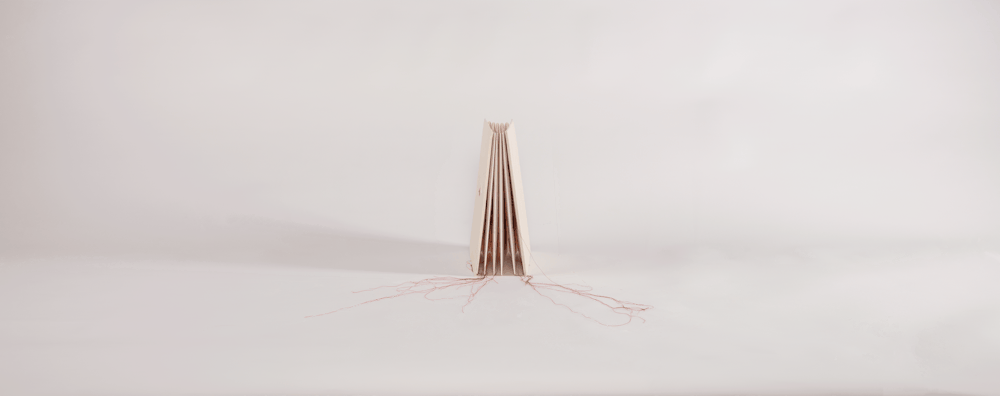Maya Vahidi
"The Hands That Harvest"
Section MS6, Gabriella Demczuk
Keywords: photography, environment, print, narrative, publishing
Saffron, native to the Mediterranean and Middle East and derived from the plant Crocus sativus, is an autumn-blooming perennial prominent for its delicate, crimson stigmas, which serve as both a spice and a natural dye in cultures across the world. Worth more than its weight in gold, it is a prized commodity that has been cultivated for over 4,000 years by countless hands through a tedious and labour-intensive harvesting process— a practice which has remained mostly unchanged. Each crocus yields just three precious, red threads, which must be gently hand-picked, laid to dry and carefully stored to protect and enhance their potency. Today, this ancient process faces significant challenges as the world grapples with the adverse effects of climate change, as rising temperatures inevitably disrupt the fragile equilibrium necessary for the flowers’ growth.
This project seeks to investigate the intricate relationship between plants and humans through the lens of saffron and advocates for a renewed sense of care in attitudes towards agriculture, in an attempt to counter the existing exploitation of our environment with new perspectives centred around nurture. Through cultivating and tending to my own saffron plant at home, an attentive methodology lies at the heart of this project and has shaped the very material from which the work has evolved.
The book encapsulates archival records of the plant in different stages of its life, captured through a series of chemigram, photogram and phytogram prints. The prints not only depict the material but are also of the material, and sit alongside a hand-written poem that explores the plant’s anthropomorphic qualities. The work is crafted in a concertina format, allowing the process of care to be understood as continuous and interconnected rather than as discrete phases. A pair of naturally-dyed saffron gloves exist in tandem with the archive, forming part of the experience while handling the fragile work and symbolically returning the material back to the hands that once planted it.







